What is fenugreek, its medicinal properties, how to grow it in your garden
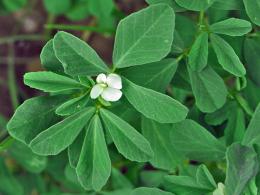
Over the course of many centuries, humanity has carefully selected from plants growing in the wild those suitable for food, treatment, and use as seasonings. One of these chosen ones is fenugreek. It is popular among chefs for its original aroma, and among traditional healers for its unique healing properties. Fenugreek has long been used in different countries, and it has quite a lot of names, these are: fingurek and helba, chaman and mushroom grass, Greek sochevitsa and cocked hat, there are also very mysterious ones - shambhala and philosophical clover.
Content:
- Types and varieties of plants
- About health benefits
- Diabetes treatment and prevention
- We use Helba for weight loss and the fight against cellulite
- What is fenugreek in cooking?
- How to grow on your own plot
Types and varieties of plants, what is fenugreek blue and hay
The birthplace of the most ancient culinary seasoning is considered to be India, the ancient Greeks, actively cultivating this plant, contributed to its spread in European countries. Today, helba is grown commercially all over the world; it can be seen in the wild in the countries of Central Asia.
The official name of fenugreek is Trigonella, biologists attribute it to the Moth family or Legumes. The originality of the aroma of the herb is given by the coumarin present in it.
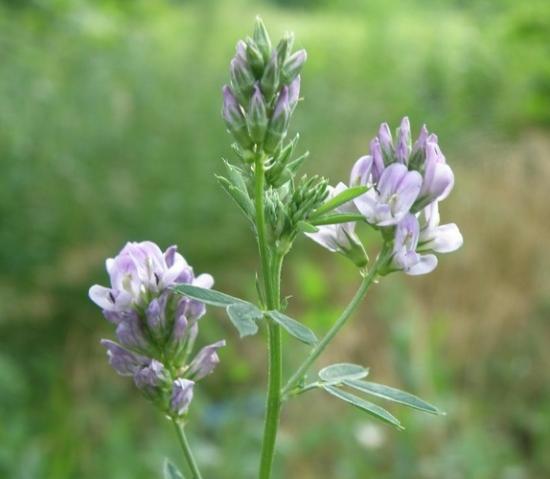
There are about 130 different types of Trigonella, the most common are:
- Mediterranean blue, it is widespread in European countries, attracts with its pronounced aroma, cooking its crushed leaves are used to make “green cheese”; its mature seeds and flowers are used as seasonings.
- Greek, or hay, is grown in Iran and Iraq, Turkey and Egypt, in the countries of Eastern Europe. This type of plant is valued for its medicinal properties; it is harvested and used in pharmacology, as an initial ingredient in medicines, or as a component of herbal preparations.
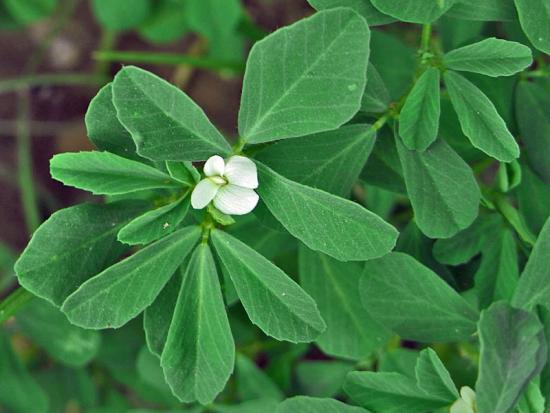
Fenugreek is also revered as a strong aphrodisiac; it is included in complex seasonings used in cooking.
In terms of taste characteristics, both types of plants differ little.
About health benefits
In the composition of the plant, chemists identify a lot of extremely useful elements for humans.
Its leaves, stems, flowers and fruits are the source of:
- folic acid
- vitamins RR, C, A and B
- potassium, phosphorus and calcium
- magnesium and iron
- amino acids and polysaccharides
- phytosterols and carotenoids
The saturation of these components gives the plant healing properties, in particular the ability to:
- heal the nervous system and normalize the functioning of the cardiovascular system, normalize metabolic processes in the body, have a beneficial effect on the condition of joint tissues
- reduce the risk of developing diabetes mellitus
- increase immunity, relieve diseases of the genitourinary system and kidneys
- stabilize the gastrointestinal tract, enhance the body’s regenerative abilities, normalize the distribution of fat deposits
- improve psycho-emotional state
- maintain a slim figure
- neutralize toxic substances entering the body, improve memory, increase alertness
- ensure quality of vision, increase resistance to stress, accelerate the process of converting fats and carbohydrates into the energy necessary for human life
- activate the process of hematopoiesis and improve mood
- normalize water balance and saturate cells with oxygen
In addition, phytosterols present in fenugreek help improve immunity, flavonoids stabilize the functioning of the heart muscle and act as antioxidants. Polysaccharide substances stabilize cell activity and ensure that the body gets rid of toxins.
The composition of the herb, enriched with iron, is a source of health and beauty of the skin, hair and nails; trigonella is recommended for use in the treatment of all skin diseases.
Its saturation with magnesium helps normalize blood pressure, increases the body's endurance, and provides high-quality nutrition to brain cells.
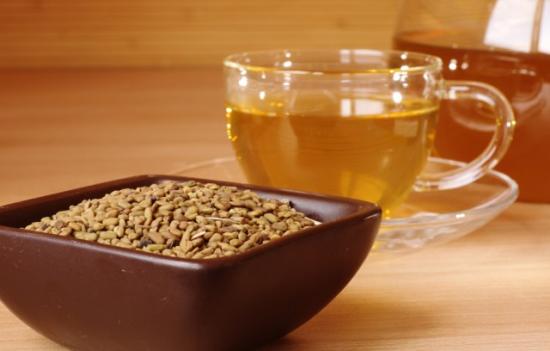
Proper intake of medications that contain fenugreek will help you forget about swelling, constipation and hemorrhoids.
If desired, the list of beneficial properties of trigonella could be continued further. In the old days, it was revered as a medicine that helps get rid of a hundred diseases. Popular articles and serious scientific works have been written about the healing properties of fenugreek. Each of them clearly traces the thesis that humanity has known about the beneficial properties of fenugreek since ancient times.
Moreover, it is useful for males and those who belong to the fair half of humanity; its use will support the health of people suffering from various ailments and will protect those who are absolutely healthy from illness.
Through clinical studies, it has been proven that daily intake of tea with philosophical clover will automatically restore health; taking it for two months will allow you to say goodbye to some chronic diseases forever.
Of course, the use of fingurek as a medicine requires compliance with certain rules; the course of prophylactic administration should not last more than 6 weeks in a row, and treatment should be carried out in courses, taking two-week breaks.
It would be a good idea to get approval from your treating doctor before starting treatment.
Diabetes treatment and prevention
Fingurek is recognized as an effective remedy for diabetes, capable of supporting a sick body and protecting a healthy one. Taking it helps lower blood sugar levels and stimulates insulin production.
Fenugreek preparations reduce cell resistance to insulin, the problem with this phenomenon is the resistance of cells to insulin, which prevents its effective use. This situation leads to glucose deficiency and starvation of each cell.
Thanks to fenugreek, the pancreas restores the ability to regenerate its own cells, and normal metabolic processes in the body are also restored.
Activation of the processes of removing waste and toxins has a positive effect on the patient’s condition; slowing down the process leads to the loss of insulin receptors by cells and loss of the ability to take glucose from the blood.
The preventive role is to increase the elasticity of blood vessels and enhance blood microcirculation, this prevents the development of diabetes mellitus.
Patients also experience:
- normalization of the digestive system
- reducing the level of liver hepatosis, which is the accumulation of adipose tissue cells in the liver (this phenomenon is common in diabetes)
- reducing stress levels, which is recognized as one of the main causes of diabetes
We use Helba for weight loss and the fight against cellulite
Nutritionists have confirmed that the plant can be used by those who suffer from excess weight. Its composition has a beneficial effect on the immune system, strengthens the nerves, and softens the effects of stressful situations.
Trigonella tea or decoction has a tart taste and leads to a balanced taste sensation. The presence of a large amount of fiber allows you to get a feeling of fullness, which will prevent you from eating too much food. The body receives an incentive to intensify the cleansing of the body from toxins and toxic substances.

As a result of the effect of fenugreek on fat cells, excess weight gradually disappears. The calorie content of plant seeds is 36 kcal per 1 tablespoon.
An excellent remedy for people trying to lose weight is tea. Helba, the so-called Egyptian yellow tea, has a pleasant taste and is suitable for consumption at any age.
Simple procedures that can be performed at home will help give elasticity to the skin, and at the same time get rid of cellulite. The savings on the money spent on fighting cellulite can be significant.
All you need is:
- grind the seeds
- pour boiling water over
- cool to body temperature
- apply to problem areas of the body
- cover with plastic wrap and apply fixing bandages
The duration of the procedure is 1 hour. You should repeat it twice a week, after a couple of months you will be able to enjoy the obvious results.
Fingurek in cooking
In traditional oriental cuisine, and especially the cuisine of the peoples of the Mediterranean countries and India, helba is important; its seeds are an invariable component of the most popular seasonings, such as chutney, curry, suneli hops. They are an essential ingredient in the traditional Indian dish dhal.
The seeds contain a special substance, galactomannan, or fenugreek gum, which is a natural thickener, stabilizer and gelling agent. Naturally, this product is extremely in demand in the food industry, its presence in products is indicated by code E417.
Excellent taste not only differs seeds, but also shoots and inflorescences. They are used to prepare soups, sauces, main courses, and salads. The original taste combination is obtained by combining it with vegetables, beans and mushrooms. In Egypt, it is customary to prepare salads with sprouted seeds.
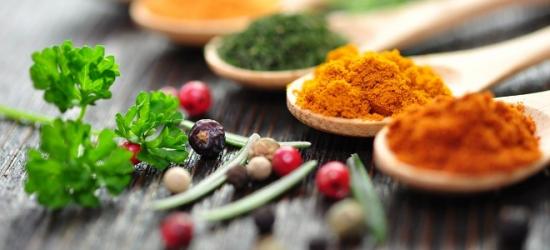
A moderate amount of seasoning gives the food a slight nutty or mushroom flavor.
Helba is used as a flavoring additive in the baking industry and to impart a unique aroma to cheeses.
Also widespread and popular is Egyptian yellow tea, the so-called. tea of the gods, it is distinguished by its high healing properties.
In Turkey, fenugreek is considered the best seasoning for meat, in particular the national basturma. Greeks eat the seeds with honey as a dessert dish, and Americans season sandwiches and savory snacks with them.
How to grow on your own plot
Since interest in fingurek may appear in every person who has learned what fenugreek is and who cares about their health, it makes sense to figure out whether it is possible grow it yourself, for example - at your summer cottage.
To the delight of amateur gardeners, it should be noted that the plant is not afraid of dry weather, can withstand cold, and its seeds ripen early. The soil For cultivation you will need fertile, loose, well-processed soil.
To increase the fertility of the plant, lime can be added to the soil before planting. The site for planting seeds should be chosen protected from the wind, but well lit by sunlight.
With the onset of spring, seeds are sown in the prepared soil; sowing is recommended in April. The sowing depth is about one and a half centimeters, the distance between plants should not be less than 10 cm. Seed germination begins at +10 C, but the optimal temperature for development is +20 +25 C.
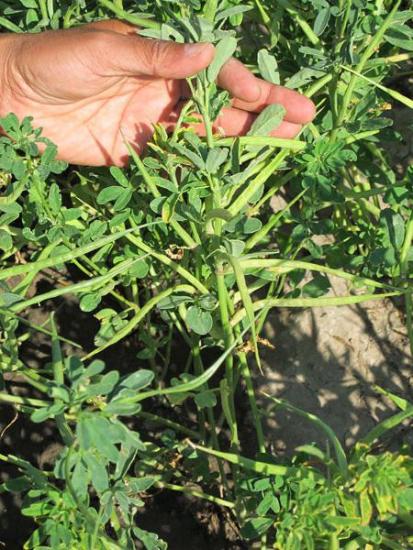
After germination, you will need to make sure that the plantings are not thickened; if necessary, thin them out. Flowering begins in June, fruit ripening occurs in early autumn.
Watering the plant is carried out until the ovaries appear, then watering is reduced to a minimum and stopped altogether.
During the development period, the beds will need to be looked after: weeding them and systematically removing all weeds.
Even more information about fenugreek is in the video:

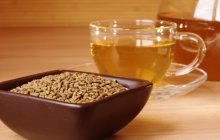
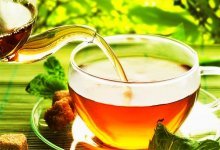


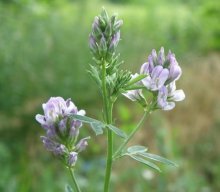



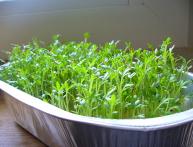
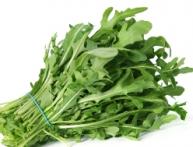
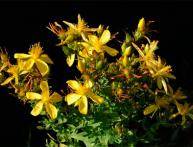
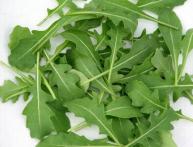
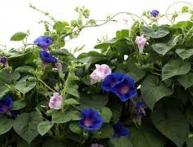

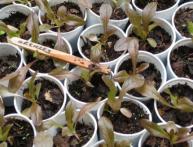
Comments
I never thought that fenugreek could be grown in central Russia; I considered it a southern plant and often bought seeds at an Indian spice store. I know that the decoction can increase lactation.